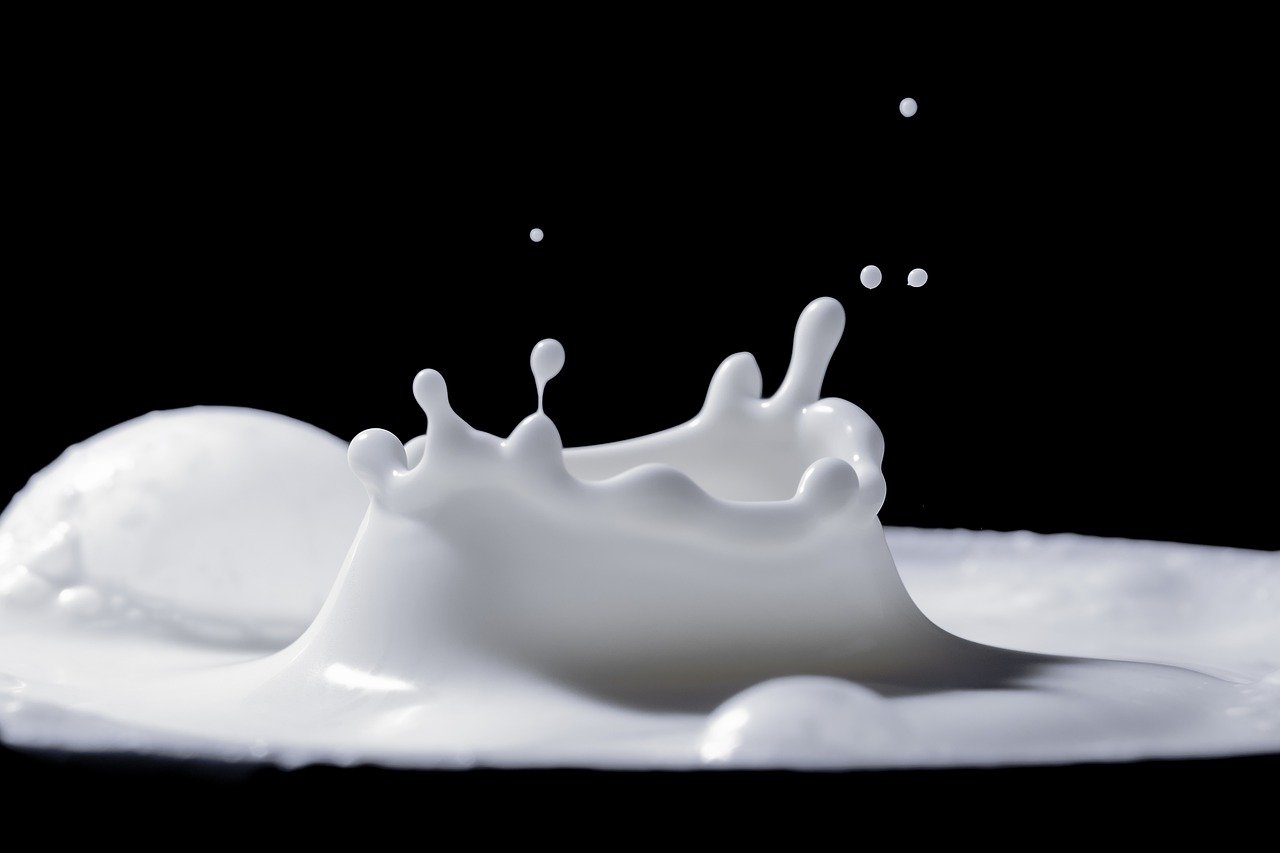Ever since I can remember, I have loved milk.
We connect milk with a primal instinct going back to when we were sucking on mother’s tit. Milk is the food of champions, we are told, but is the milk that comes from a cow tit the same?
A superfood?
Milk has so many nutrients that it has to be classed as a superfood. We are told that it has the calcium, protein, fats, carbs and vitamins galore. It is convenient, too, especially to the calf.
In childhood
You have two choices:
- Dish up some vegetables and fish and offer it to your kid.
- Pour some milk into a glass and offer it to your kid.
Guaranteed, your child is going to sip from that glass, and you aren’t going to get the same tantrums. It’s the most practical way of getting calcium into his or her diet.
Disadvantage – An inability to absorb iron
Dairy products can cause a whole bunch of health problems. One is the abiltiy to absorb iron and, because milk has virtually no iron, can result in iron deficiency.
Disadvantage – Coronary Heart Disease (CHD)
There is a high correlation between milk consumption and deaths down the line from CHD. One investigation showed that reduced milk consumption led to reduced rates of CHD death.
Disadvantage – Lactose intolerance
A lactose intolerant person may not absorb the nutrients present in milk. Protein may also be lost by the resulting diarrhea.
The natural sugar in cow’s milk (lactose) is not well-digested by many children.
Disadvantage – Milk stimulates Cancer cells
Milk has IGF-1 (insulin-like growth factor) which helps us (especially babies) grow. However, high levels of IGF-1 appears to stimulate cancer cells.
Disadvantage – Synthetic hormones in milk
Synthetic bovine growth hormone increases levels of another growth hormone IGF-1, which is identical in cows and humans. IGF-1 can increase cancer rates in humans at high levels. Most industrialised nations have disallowed the use of rGBH, based on human and animal health concerns.
Disadvantage – Milk consumption in adulthood
Long-term consumption of dairy products might not help bones at all. Studies show that adult bone health is related to physical activity earlier in life, not to the amount of milk or calcium consumed. Increased consumption does not help later in life either.
Weight loss?
The milk industry claims that drinking 500 ml (about 20 ounces) of milk per day will help people lose more weight than just reducing their calorie intake.
Advantage – Reduction in strokes and heart disease
Men who drink more milk have a reduction in strokes and heart disease.
Advantage – Vitamins and Minerals
Milk provides calcium, vitamins A and D, riboflavin and phosphorus, amongst others.
Advantage – Lactose Intolerant?
People with lactose intolerance can still have up to 2 cups a day without adverse side effects.
Advantage – Antioxidant
Vitamin-D rich foods like milk can reduce cancer risk.
Advantage – Bone growth during adolescence
Four servings of calcium-rich foods such as milk are needed to optimize peak bone mass during adolescence. Low intake of calcium during bone growth period can cause serious health problems and osteoporosis later in life.
Weight loss
Research shows consuming more calcium, particularly dairy, can speed up weight loss and reduce body fat, especially abdominal fat. Dairy is proven to be more effective that calcium alone in moderating body weight / fat gain and accelerating weight / fat loss.
The milk industry claims that drinking 500 ml (about 20 ounces) of milk per day will help people lose more weight than just reducing their calorie intake.
The mix of essential nutrients in dairy, including calcium and protein, appears to speed up metabolism and improve the body’s ability to burn fat, especially abdominal fat.
Advantage – Government standards
Strict government standards ensure that regular milk is pure, safe, and nutritious.
Organic or Regular?
Organically reared cows, which eat high levels of fresh grass produced milk which on average is 50% higher in vitamin E, 75% higher in beta caroten (which our bodies convert to vitamin A) and three times higher in antioxidants lutein and zeaxanthine than organic milk.
Higher levels of Omega 3 is also found in Raw milk (not pasteurised). Raw milk is an outstanding source of nutrients including beneficial bacteria such as lactobacillus acidophilus.
The Results
The jury is out. Much of the research on milk is contradictory, so you should make up your own mind. I personally think milk is awesome but, like anything, too much of a good thing is a bad thing. Make it a part of your diet.
Milk and My Fat Ass Rating: 8.5





